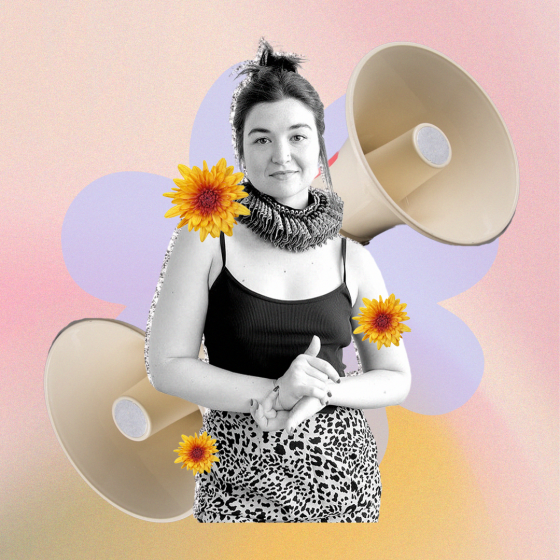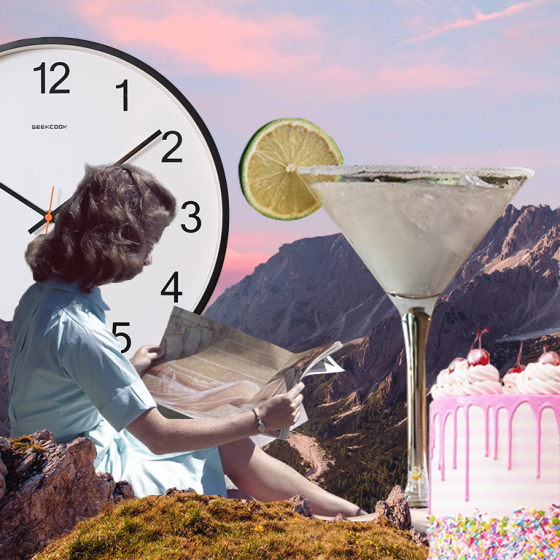For the most part, the era we’re living in does very little to encourage our movement, our dynamic participation with earth and the spaces around us. Instead, we toil away, collapsing in the direction of our screens, and in the rare hours that we’re not, we curl our spines closer and ever closer towards the blue light of our phones. The result on our bodies and nervous systems has not yet been fully determined; we are experiencing both the benefits and drawbacks of technology in real-time. In short, we are the guinea pigs of the digital age.
Scientists are beginning to uncover how brain development is affected by screen time, and that human connection is dampened––a reality many of us have felt––by the mere presence of a phone, but the long-term impact of our devices remains a mystery. Still, the research indicates that it won’t be good, because there’s no way that changes in brain activity, reaction times, and sleep patterns will culminate in something positive a hundred years from now.
Though I’d love to see the studies that will surely happen down the road, I didn’t have to peer into the future to feel the impact of technology on my own body. My back and mental health have both suffered at the hands of my phone, and interestingly, a doctor wasn’t the one to say so. I felt the difference myself, but not by doing research on the internet or asking any experts. Instead, all I had to do was take a walk.
When I lived in New York City for a year, the positive effects of walking became abundantly clear. Before city life, I was already someone who prioritized walks at the local park, or in my neighborhood after dinner, but the amount of walking required in New York made me feel more vibrant, more alive––my brain seemed more responsive, and I had a greater sense of wellbeing.
There’s another thing that I love about walking that might be obvious, or perhaps not: when I’m moving along a trail or across a sidewalk or down the street, I’m not on my phone. I’m not tethered to a screen. I’m looking around, engaging with the world in ways big and small. Whether it’s avoiding getting hit by a bike or admiring a handsome dog, I’m living my reality rather than thinking about it.
As my foot hits the ground––each step curious and new––my feelings often shift. A heavier day becomes lighter; questions fade into something less daunting; and my shoulders and neck settle down into place. Walking offers a sense of embodiment and invites me into the present moment with each and every step.
The benefits of taking a walk become clearer and clearer––perhaps mysteriously so––as I move through the world, taking part in it rather than clicking, observing, consuming, reacting. My nervous system unravels as I trade blue light for sunlight, and my lungs expand along with all the muscles that crumple up at my desk. Without fail, this invites my brain and any anxiety to do the same.
When I walk, foot connecting to sidewalk––heel, toes, heel, toes––my spirit connects to the world around me. The trees come into focus, and I take a deep breath. As my thought patterns soften, I am often flooded with new ideas. Creativity moves into spaces that were previously occupied by worry. Walking is an excellent remedy for writer’s block or feeling stuck.
My experience with walking should come as no surprise, since Buddist monks have been using it as meditation for ages. Thich Nhat Hanh, global spiritual leader and activist, calls walking the ultimate way to return home, each step nourishment to the soul.
In popular culture, too, walking is having a moment. Jon Mooallem launched a podcast that invites listeners to simply join him on a walk––no talking, no ads, only his feet on the gravel. There are countless books that celebrate moving on our own two feet, including two published this year: Erling Kagge’s Walking, a philosophical ode to the joy of exploration, and Afoot and Lighthearted, a beautiful handbook that also serves as a journal for the reader to record their own revelations.
If walking takes us closer, then, to our best ideas––our vision, our wellbeing, our sovereignty––then taking a walk in itself becomes a revolutionary act. It unhooks us from the powers that be. As advanced capitalism and the patriarchy join forces, working together to keep us small and chained to screens and 50-hour work weeks and algorithms and ads, then creating time for ourselves and inviting our own thoughts to emerge is rebellious, indeed.
As we place our feet on the earth, you see, we might remember that we need to save her. When our anxiety softens, we think more clearly. As thoughts clarify, we better understand how to take action––reconfiguring systems of power that just aren’t working. If we unbind ourselves from habits driven by our culture––the ones that are spiraling out of control––then we refuse to be pacified, distracted. We return to our own thoughts––our power––and have a better chance of turning the tide.
The next time I catch myself thinking small, hovering mindlessly over machines designed to make the powerful more powerful, and the wealthy more wealthy, I’ll make my way to the park. As I walk, my breathing will improve, and so will my mindset. I’ll walk not just for myself, but for freedom and our future. Walking––prioritizing our own wellness, so we can begin to consider everyone else’s––can be an act of resistance. As Thich Nhat Hanh once wrote, ”We walk for ourselves. We walk for everyone.”









